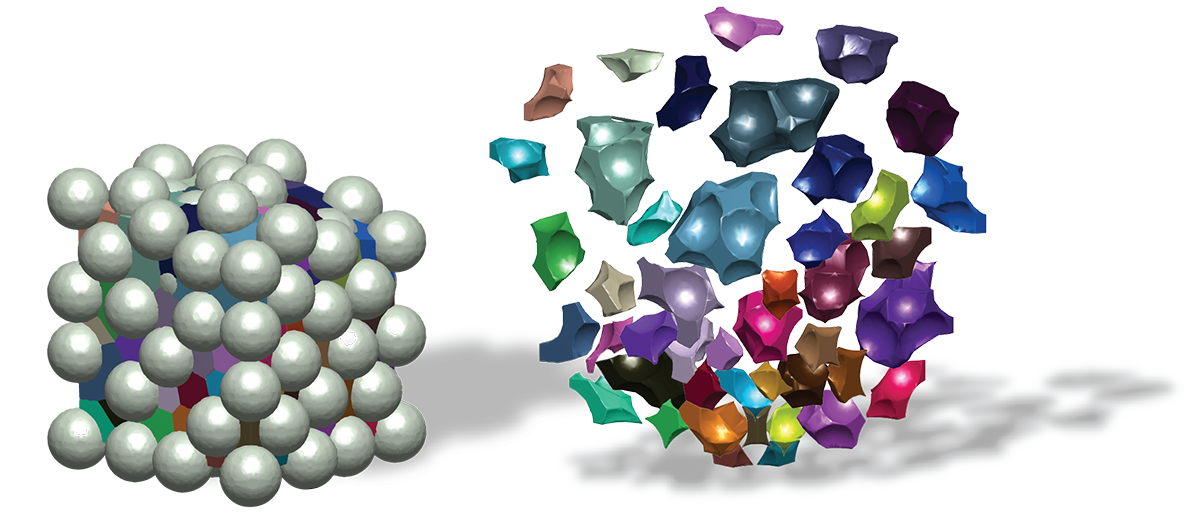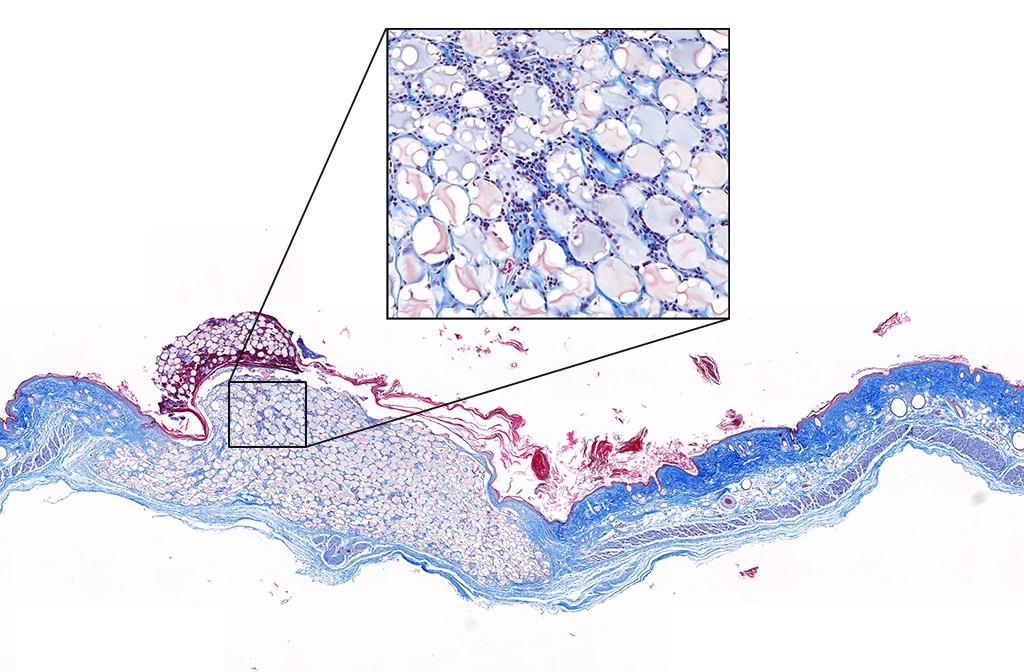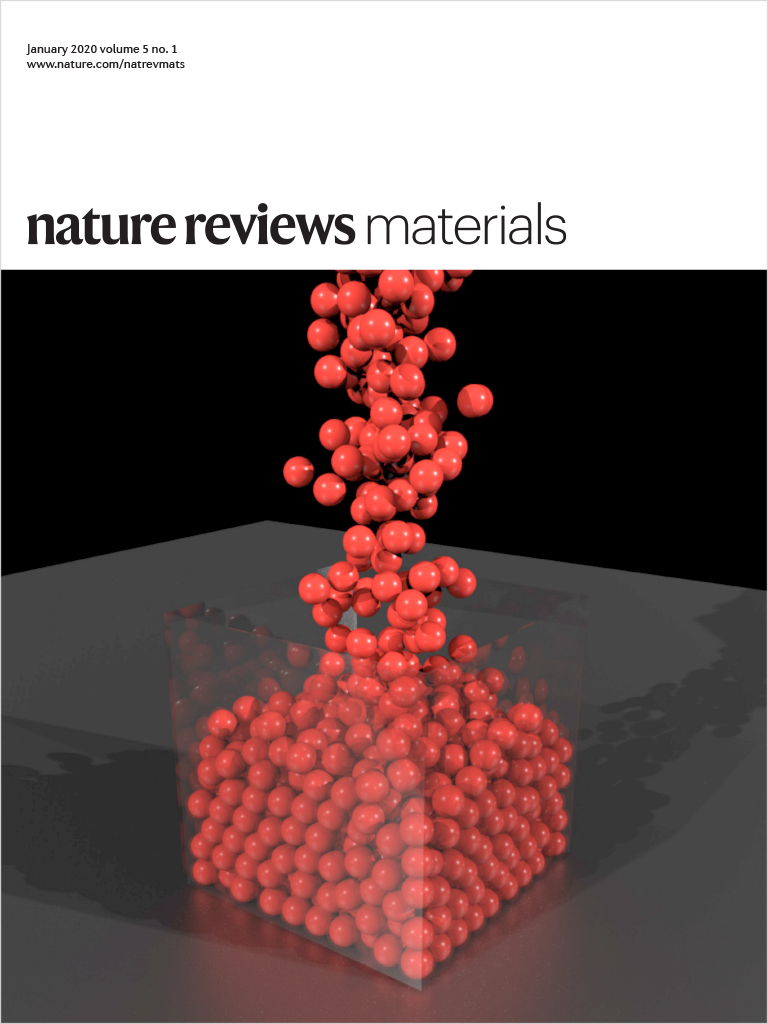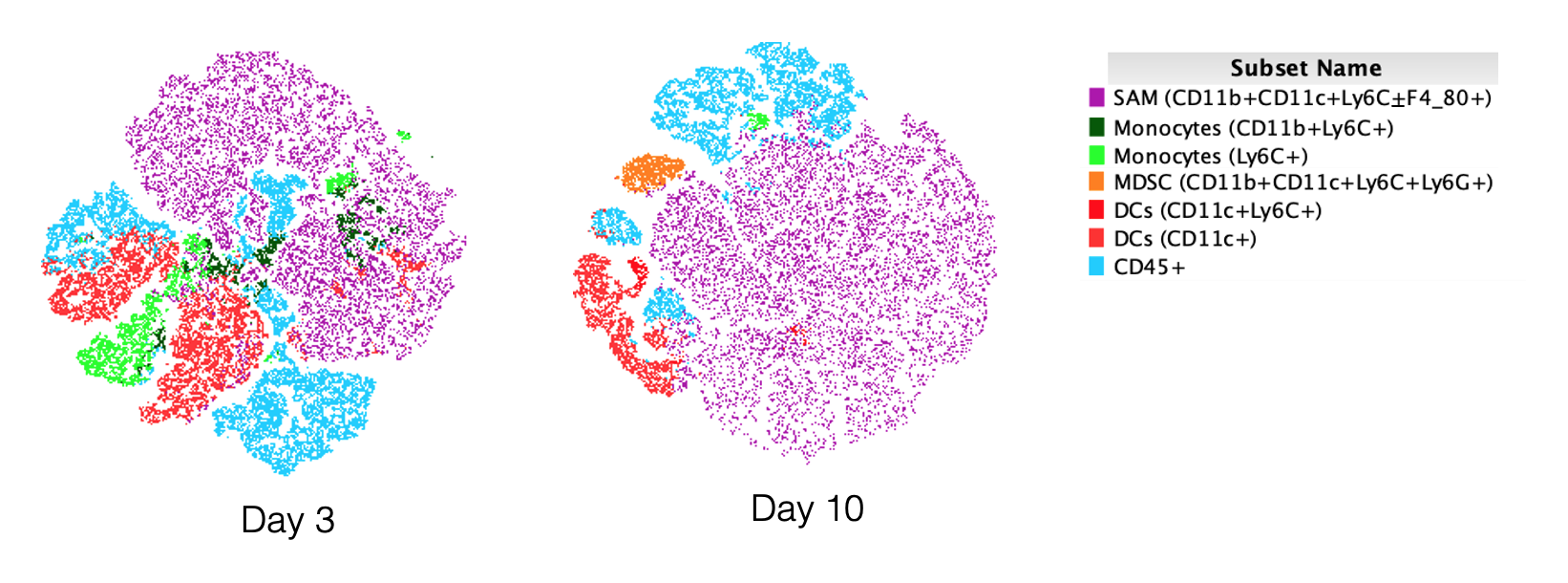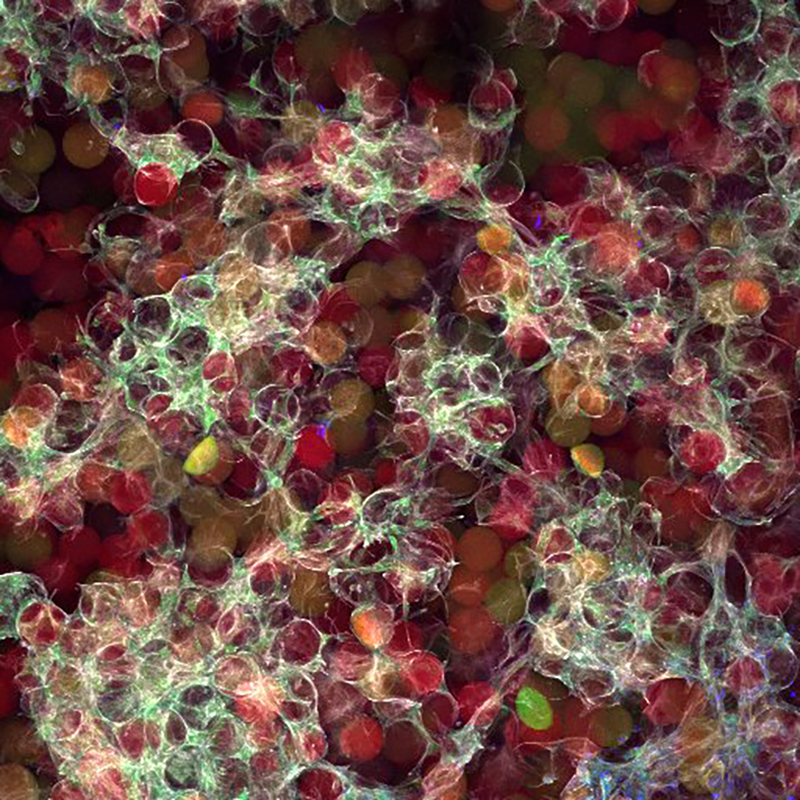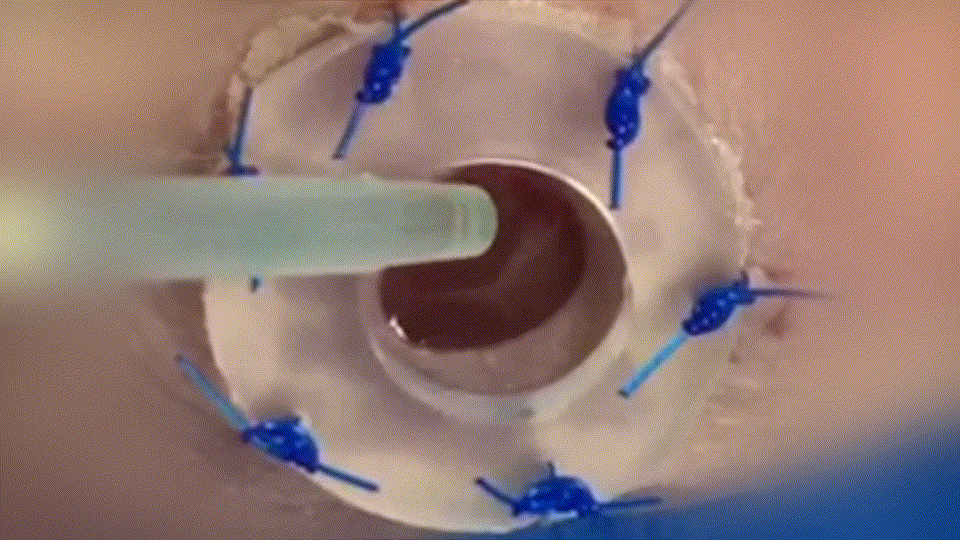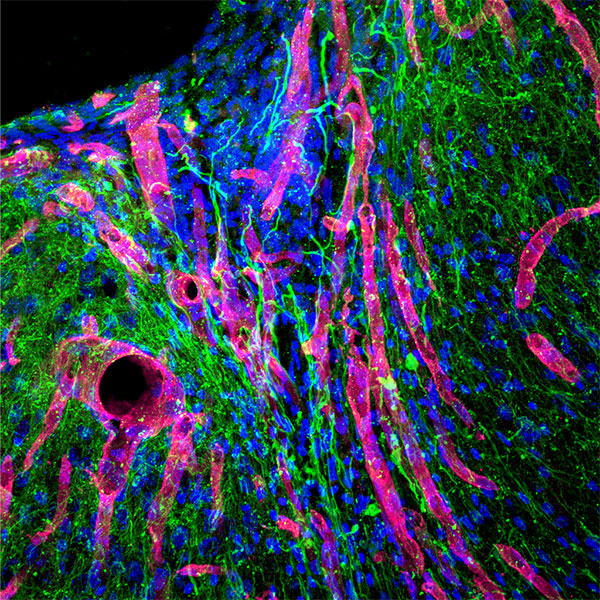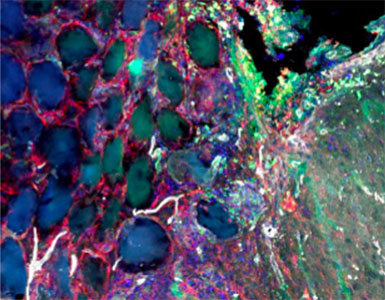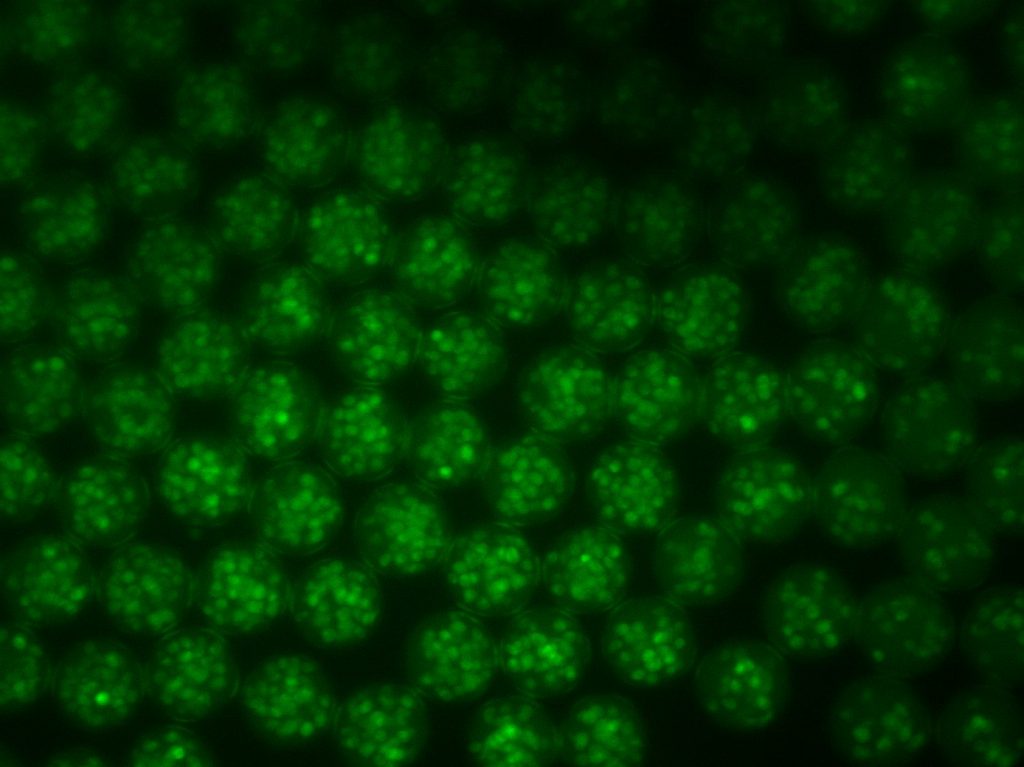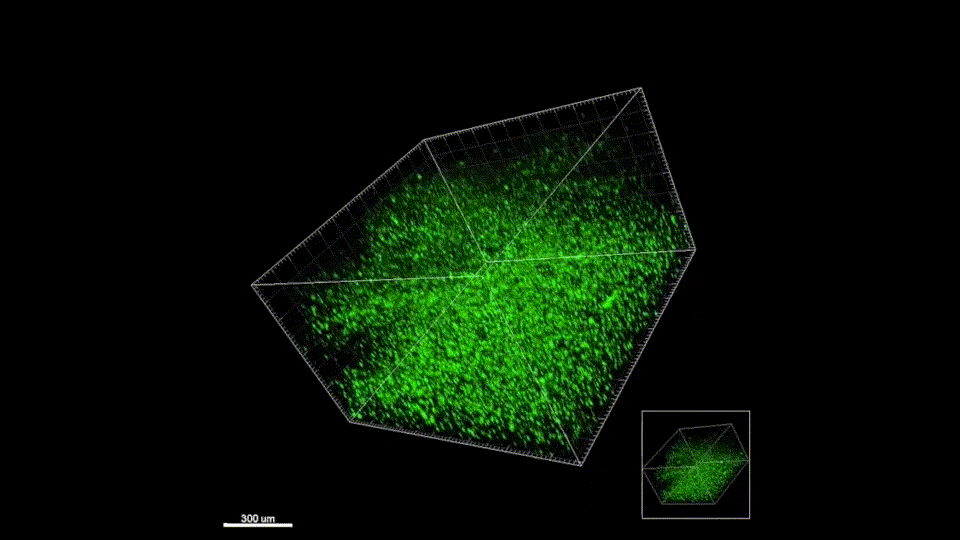Altmetric Score
Dimensions
Citation
The effective delivery of DNA locally could increase the applicability of gene therapy in tissue regeneration and therapeutic angiogenesis. One promising approach is through use of porous hydrogel scaffolds that incorporate and deliver DNA in the form of nanoparticles to the affected sites. While we have previously reported on caged nanoparticle encapsulation (CnE) to load DNA polyplexes within hydrogels at high concentrations without aggregation, frequent issues with limited polyplex release following CnE have been encountered. In this study, we report two alternative approaches to polyplex presentation for decreasing aggregation in porous hydrogels. The first approach reduces polyplex aggregation by utilizing polyethylene glycol modification of the gene carrier polymer polyethyleneimine (sPEG-PEI) to mitigate charge-charge interactions between polyplexes and the scaffold during gelation. The second approach electrostatically presents polyplexes on the surfaces of scaffold pores as opposed to an encapsulated presentation. The sPEG-PEI polymer formed a smaller, less toxic, and more stable polyplex that exhibited less aggregation within HA gels when compared to the traditionally used linear PEI (LPEI) polymer. Surface-coated polyplexes also resulted in a more homogenous distribution of polyplexes in hydrogels. Furthermore, sPEG-PEI polyplexes retained transfection abilities comparable to LPEI in 3D surface-coated transfections. These results demonstrate a significant improvement in scaffold-mediated gene delivery and show promise in applications to multi-gene delivery systems.A promising gene delivery approach for regenerative medicine is implanting porous hydrogel scaffolds loaded with DNA nanoparticles for delivery to affected sites. However, loading DNA polyplexes at high concentrations within hydrogels results in significant aggregation. Here, we describe two methods for decreasing aggregation of DNA polyplexes in porous gels. First, the gene carrier polymer polyethyleneimine (PEI) was modified with polyethylene glycol (sPEG-PEI) to mitigate the electrostatic interactions between polyplexes and scaffold polymer to in turn decrease aggregation. Second, polyplexes were presented along the surfaces of the pores of the hydrogel instead of being encapsulated within the gel. These methods allow for highly tunable and sustained transgene expression from scaffold-mediated gene delivery while avoiding polyplex aggregation.








